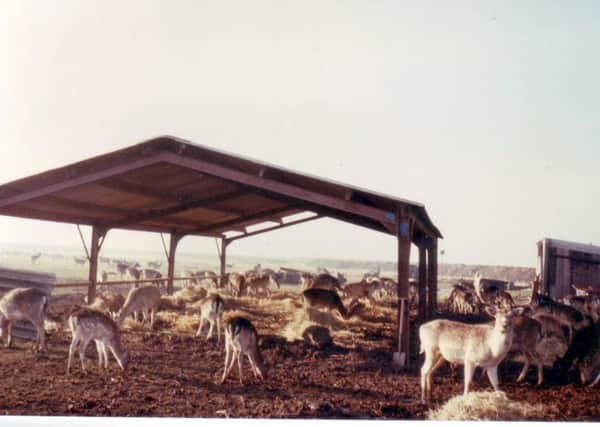Last man to live on Humber island


Les Burbidge worked on Read’s Island in the 1980s and will be sharing his memories as part of the event at the Joseph Nickerson Memorial Gallery at Rothwell this Sunday.
Paddy Shillington has organised the event, which will show a collection of family, business and sporting records and memorabilia of the late Sir Joseph Nickerson.
Advertisement
Advertisement
“I was employed to manage the island and went on there in 1986 – and it was the best four years of my life, to be honest,” said Les, “the wildlife and the job itself and the way of living.”


It was a very different way of life, though, with everything being governed by the tides.
“Generally, we had four hours at the end of every 12-hour period to get to and from the island,” said Les.
“If I remember correctly, every fortnight, because tide times changed, we could manage a day off – get out with the morning tide and back with the evening tide.
Advertisement
Advertisement
“The following week, the tide would be at midday, so what we did then was just get off for a couple of hours and go to the pub – and I only remember being caught out the once.”


Les’s main job was to try to save the island, which sits 50 metres into the River Humber, north of the river bank at South Ferriby, close to the outlet of the River Ancholme.
“We saved the actual grazing for the animals, the deer that were on there at the time,” added Les.
“Every seven years, the tide used to change from the north bank to the south, and it used to nibble away at the island.
Advertisement
Advertisement
“We had two ‘mega years’ from 1987, with new machinery building flood banks, but it wasn’t stopping the erosion.


“The tide had changed; you’d walk round a certain field and the next morning it wasn’t there, very strange.
“It was decided to let it go its natural course.
“It is just a nature reserve now and nobody lives on it, which is a shame, but it is a beautiful place.”
Read’s Island is an RSPB reserve, home to about 50 pairs of breeding avocets.


Advertisement
Advertisement
It is the autumn and winter site for 6,000 roosting pink-footed geese, while the surrounding mudflats can hold up to 15,000 waders and ducks.
○The Joseph Nickerson Gallery is at The Villa, at the east end of Rothwell village, and will be open from noon to 4pm.